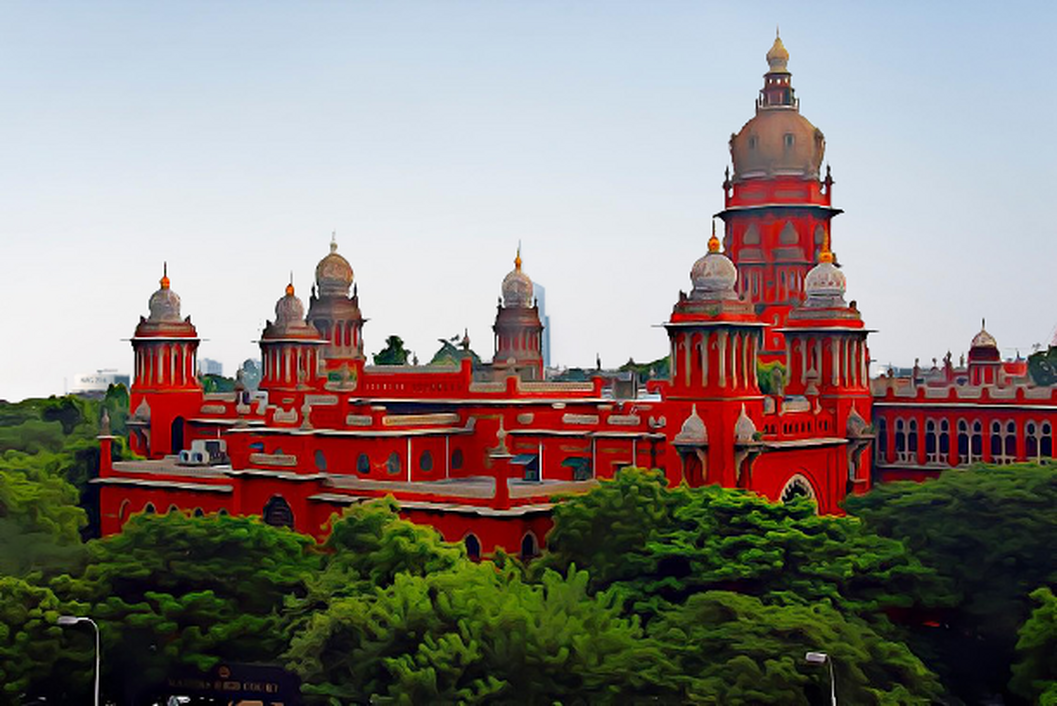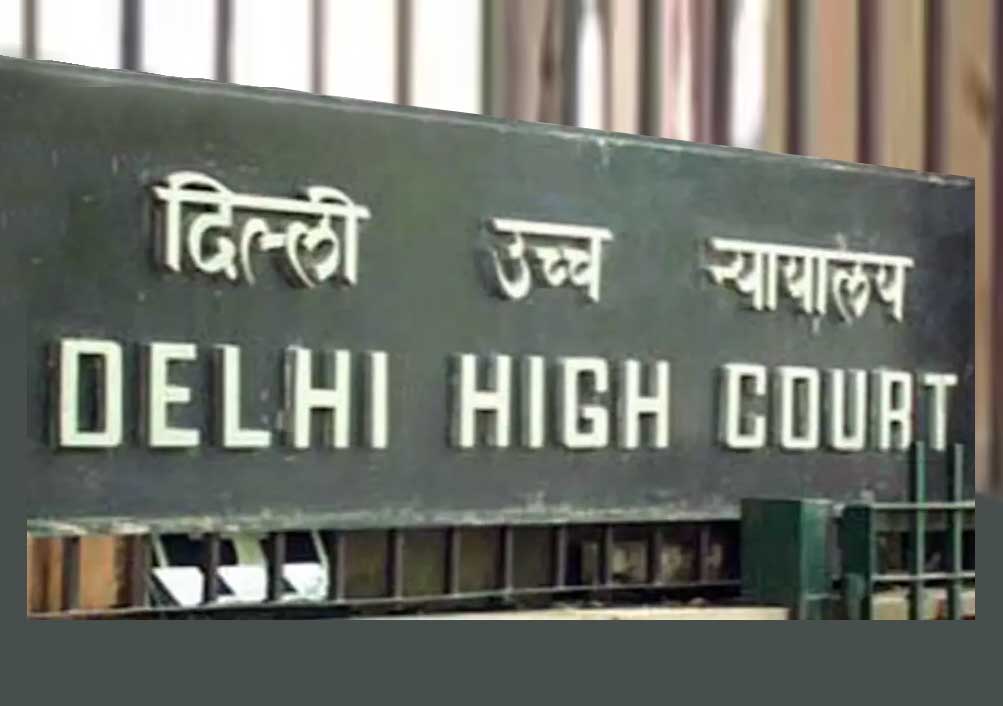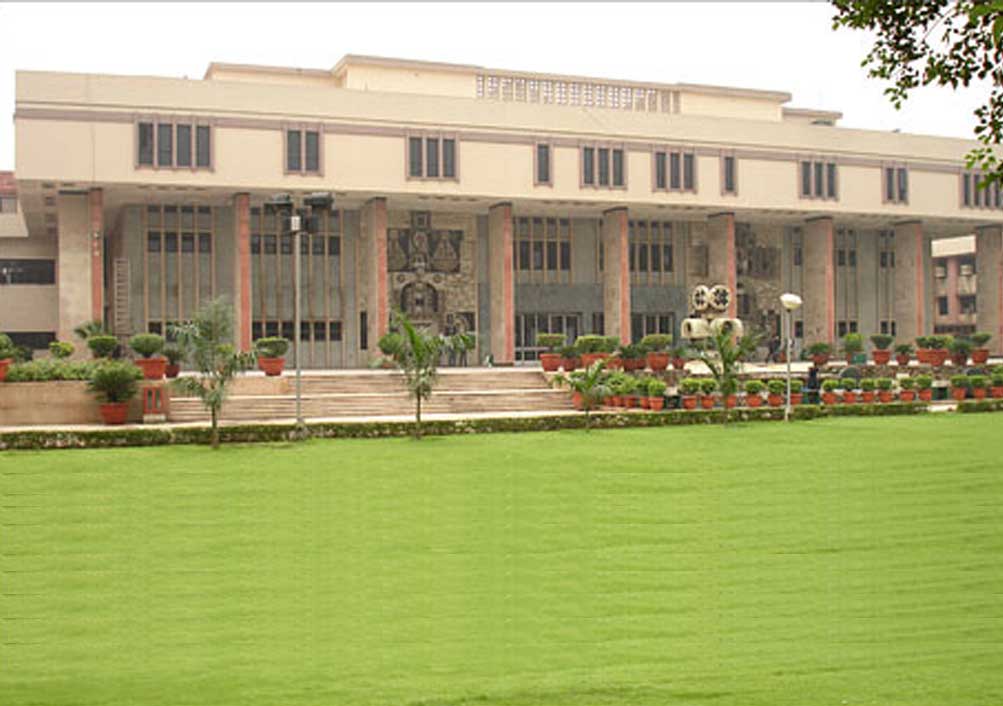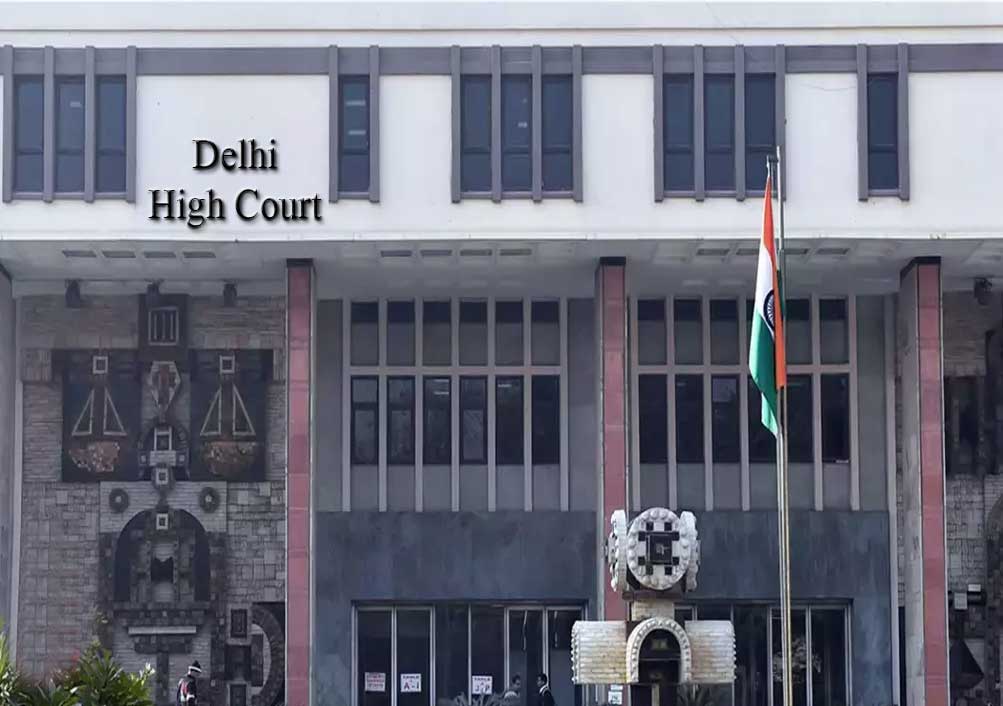Madras High Court permits Digital News Publishers Association to approach it if Centre takes coercive action under new IT Rules

By LE Desk
Chennai, June 23, 2021: The Madras High Court today granted liberty to Digital News Publishers Association (DNPA) and former Editor of The Hindu, Mukund Padmanabhan, to approach the court as and when any “coercive or armtwisting” action is taken by the Centre under the Information Technology (Intermediary Guidelines and Digital Media Ethics Code) Rules, 2021.
Chief Justice Sanjib Banerjee and Justice Senthilkumar Ramamoorthy granted the liberty after senior counsel P.S. Raman, representing the petitioners, feared that coercive action could be taken against digital media outlets under Rules 12,14 & 16 of the new rules under challenge, The Hindu reported.
Though the senior counsel insisted on an interim order restraining the Centre from initiating action under the three specific provisions, the judges said such an omnibus order could not be passed now when those provisions hadn’t been invoked so far. Nevertheless, they granted liberty to the litigants to file an appropriate sub application if any such action is taken in the future.
The liberty was granted while ordering notice to the Centre on a writ petition filed jointly by DNPA and Padmanabhan challenging the constitutionality of the IT Rules of 2021. The court also asked Raman to serve the papers on Additional Solicitor General R Sankaranarayanan and instructed the High Court Registry to tag the case along with a similar writ petition already filed by Carnatic vocalist T.M. Krishna, said the Hindu.
In their common affidavit, the present petitioners urged the court to declare the 2021 IT Rules as ultra vires, void and violative of Articles 14 (right to equality before law and equal protection of laws), 19(1)(a) (freedom of speech and expression) and 19(1)(g) (right to practice any profession or to carry on any occupation, trade or business) of the Constitution.
The petitioners pointed out that the 2021 IT Rules consist of three parts. Part I deals with preliminary issues and defines the terms used in the rules. Part II empowers the government to exercise control over intermediaries and part III regulates publishers of news and current affairs (digital news media) and publishers of online curated content (Over the Top platforms).
According to the litigants, the new IT Rules seek to regulate the conduct of entities which do not even fall within the scope of the Information Technology Act of 2000. Listing out their other grounds of attack, the petitioners said the Rules transgress the provisions of the IT Act under which they had been framed.
The petitioners also argued that the Rules seek to curb the freedom of speech and expression as well as freedom of press by proscribing content on the basis of vague and subjective grounds which have already been struck down by the Supreme Court.
Fourthly, they claimed that the new Rules seek to usher in an era of surveillance and fear intended at ensuring self censorship. Such an act amounted to curtailing the fundamental rights guaranteed under the Constitution, the litigants said, reported The Hindu.
Sign up for our weekly newsletter to stay up to date on our product, events featured blog, special offer and all of the exciting things that take place here at Legitquest.




Add a Comment